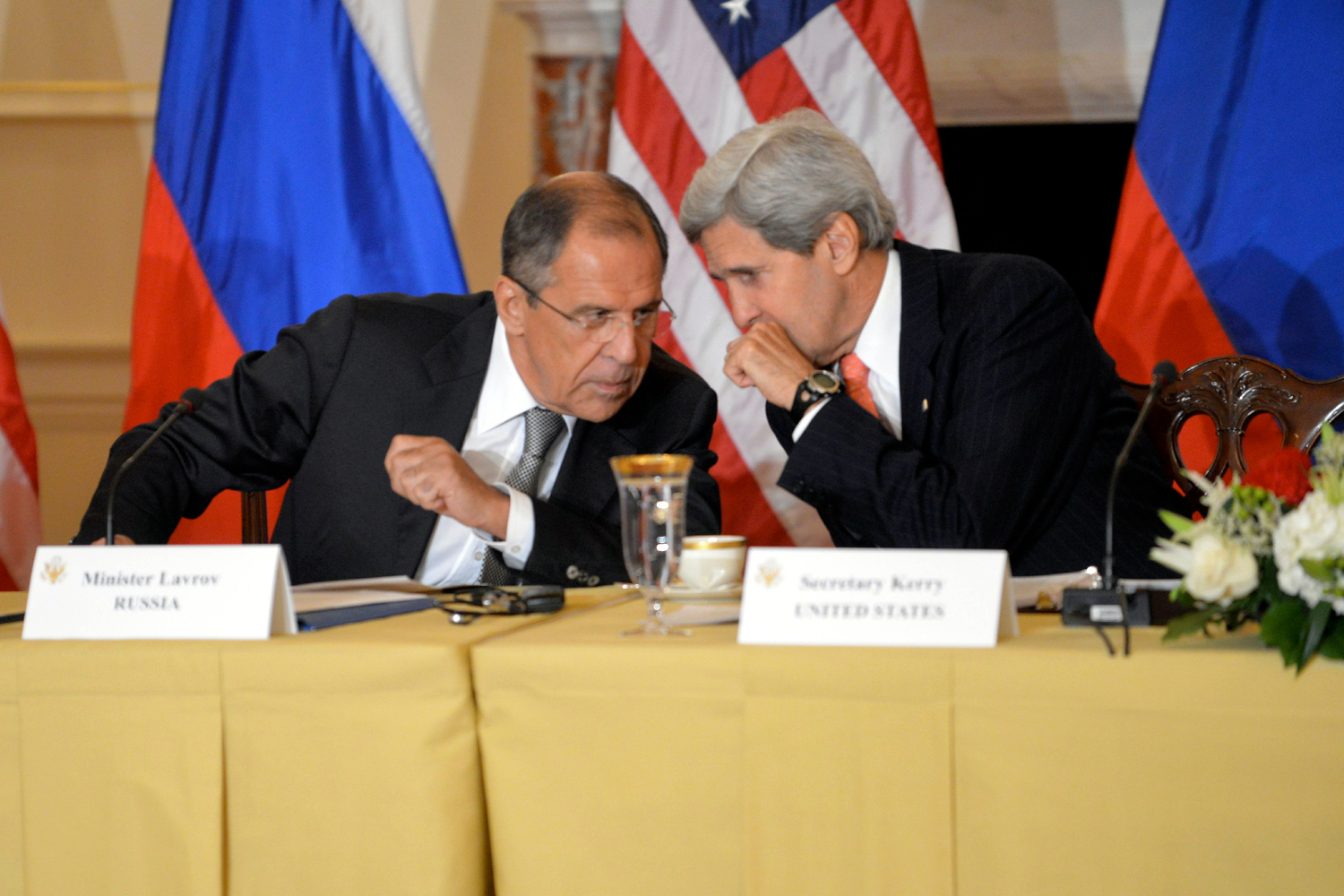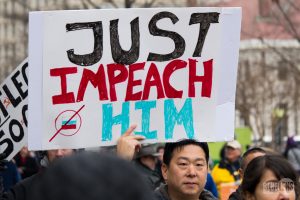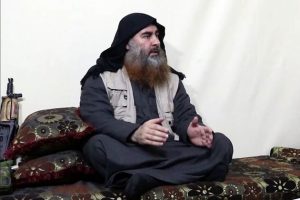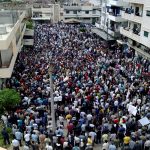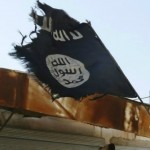by Derek Davison
Raising hopes for an end to, or at least a pause in, the devastating Syrian civil war, a ceasefire negotiated last week by U.S. Secretary of State John Kerry and Russian Foreign Minister Sergey Lavrov went into effect on September 12. The deal, which Kerry termed a potential “turning point” in the over five-year-long conflict, has several moving parts:
- a nationwide ceasefire between Syrian government forces and rebels (excluding designated “terrorist groups”)
- Syrian President Bashar al-Assad’s air forces will be prohibited from striking parts of the country defined under the agreement (this limited no-fly zone will likely include areas controlled by rebels but, again, exclude areas controlled by those “terrorist groups”)
- humanitarian aid will be allowed to reach civilian populations in besieged areas like eastern Aleppo
- the designation of “terrorist groups” will apply to two combatant forces: the Islamic State (IS), and Jabhat Fatah al-Sham (JFS), the group formerly known as al-Qaeda’s Syrian affiliate, Jabhat al-Nusra
- Russian and American air campaigns will begin coordinating with one another via a shared “Joint Operations Room,” and these strikes will only target IS and JFS, not other rebel factions
- those other rebel factions, which have long fought alongside and integrated with JFS, will be required to physically separate themselves from JFS lest they be caught in U.S. and/or Russian strikes
- eventually, the hope is that the cessation in fighting will lead to peace talks between Assad and the rebels
It is unsurprising that the hours between the conclusion of the U.S.-Russia deal and the imposition of the ceasefire saw a significant uptick in fighting. Airstrikes on rebel-held areas of Aleppo and Idlib province killed more than 100 people were killed over the weekend.
As others have noted, perhaps the most jarring aspect of this attempted ceasefire is that it was negotiated entirely between Moscow and Washington, yet most of its terms apply to other parties. The United States will continue its anti-IS and anti-JFS air campaign virtually unchanged. Although Russia may have to be more circumspect about targeting JFS and not other rebel forces, the onus appears to be on the rebels to get out of the way of any strikes meant for JFS. Russia is expected to force Assad to abide by the agreement, while the U.S. is expected to bring its allied rebel forces along. But neither Assad nor the rebel leadership has yet expressed unqualified support for the deal.
It’s not clear what happens if either, or both, Russia and the U.S. fail to cajole their allies into compliance, for the agreement lacks any explicit enforcement mechanism should either Assad or the rebels violate the term. During a public appearance on Monday in which he made Eid prayers at a mosque in the recently captured Damascene suburb of Daraya, Assad told reporters that “the Syrian state is determined to recover every area from the terrorists.” He reportedly made no mention of the ceasefire. Assad’s remarks are similar to ones he made in February amid negotiations on a similar nationwide ceasefire. That ceasefire ultimately broke down.
The rebels, of course, face their own enforcement mechanism in the agreement: if those rebels who are covered under the ceasefire fail to separate themselves from JFS, Russian, and possibly American, airstrikes will target them. But there are serious questions about whether those rebel factions will, or even can, divest themselves from their connections with JFS. Unlike IS, which is hostile toward everybody else involved in the war, JFS has gone to great lengths to establish close working relations with other rebel groups. Its effectiveness as a fighting unit in Idlib and in (temporarily) breaking the government’s siege of eastern Aleppo has brought many rebel factions into its orbit. Already the Ahrar al-Sham militia, JFS’s partner in the Jaysh al-Fatah coalition based in Idlib and perhaps the most prominent extreme Islamist rebel faction after JFS, has rejected the ceasefire’s terms, a move that may make it more difficult for other rebel groups to accept them.
The ceasefire agreement doesn’t seem to have any bearing on the latest front to open up in the war, which further casts doubt on its ability to hold. Turkey invaded Syria on August 24 in a mission dubbed Operation Euphrates Shield,that ostensibly targeted IS in the northern Syrian city of Jarabulus but was clearly intended to counter Kurdish advances along the Syria-Turkey border. Fighting between Turkey and its proxies, on the one hand, and the Kurdish-led Syrian Democratic Forces, on the other, quickly escalated to a level where Washington felt compelled to call on the two sides (both of which are American allies) to ease up on the fighting. Washington now says that it is working with both Turkey and the SDF on plans for an assault on the IS capital, Raqqa, but the potential for renewed Turkish-Kurdish fighting in northern Syria remains quite high.
Even if everything about this agreement is implemented perfectly, even if a ceasefire manages to take hold despite the challenges outlined above, it doesn’t spell out how Russia and the U.S. can transition from the ceasefire to meaningful peace talks. The last round of serious negotiations on ending the civil war, late last year, suffered from the same apparent weakness plaguing this ceasefire deal: no Syrians were involved in negotiating an end to the Syrian civil war. Instead, all the international actors who have intervened in Syria tried to reach common ground as a precursor to intra-Syrian negotiations. That may have been a necessary condition to lay the groundwork for talks between Assad and the rebels, but as subsequent events showed, it was not enough. Washington and Moscow are banking on a Cold War-era model for conflict resolution, in which great powers negotiate deals and their proxies fall in line. To date, that model has failed to end the fighting in Syria, and there’s little reason to think it will succeed this time.

